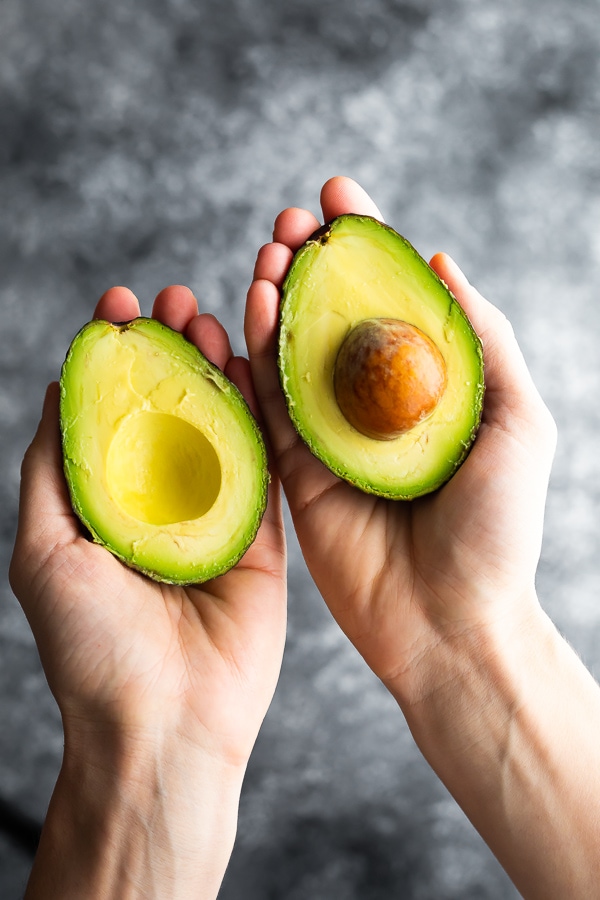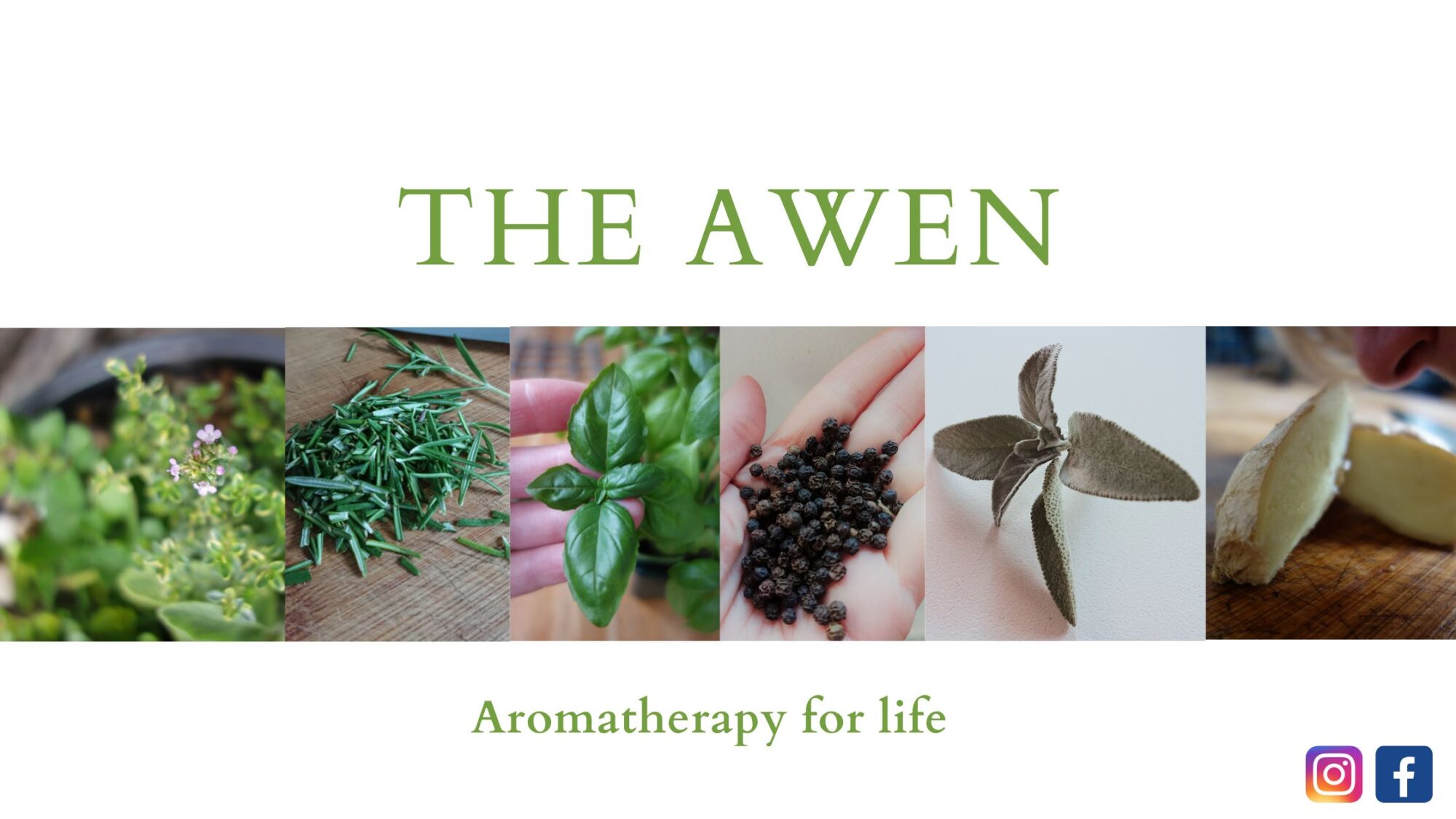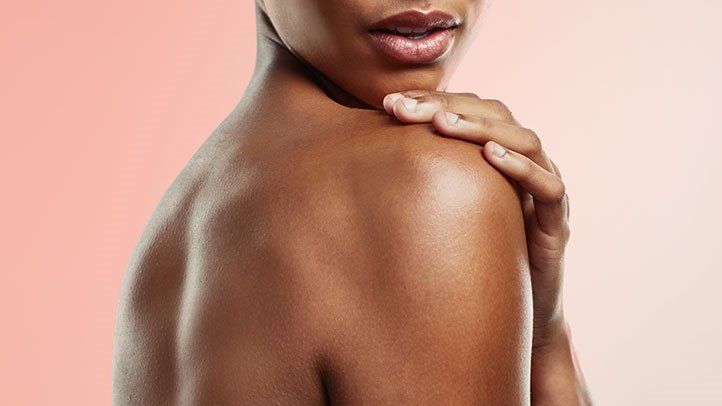
There are lots of essential oils good for skin – carrier oils too. Right now I’m using an Avocado oil for my face as it is has emollient properties which soften and soothe the skin. It penetrates so I only need a few drops which I put into my palm, rub gently together and pat over my face and neck, massaging lightly to get a good cover.
It is good for my mature skin too, I feel nourished when I have used it and I added essential oils for mature skin: Sweet orange, Cypress and Vetiver. I could have used Patchouli oil, Sandalwood or Rose depending upon preference. It is important when using an oil on your face that you like the scent, especially when it is used in the morning or last thing at night as it can influence how you feel. Some may prefer a separate night oil which will help induce sleep as well so a good combination would be Sweet orange (again), Lavender, Ylang ylang. Or swap the Ylang ylang for either Rose, Sandalwood, Cedarwood, Neroli. If you like Clary Sage or Bergamot add some of that too.
Remember the skin on your face is thinner so the dilution of oil needs to reflect this. The rule is one drop of essential oil per 10ml of cream or oil if using on the face so if you have 100ml of face cream or face oil, you would use 10 drops of essential oil. It is different for a massage or bath, only use between 6-8 drops of essential oil in one sitting/or bathing. Less is more so a combination of 2 or 3 oils would make a lovely blend.
Play around, find you favourite blend, it’s the best part of the job!
Check with your doctor or a qualified Aromatherapist before using oils if you are pregnant, have high or low blood pressure or are taking immunosuppresant medication.


